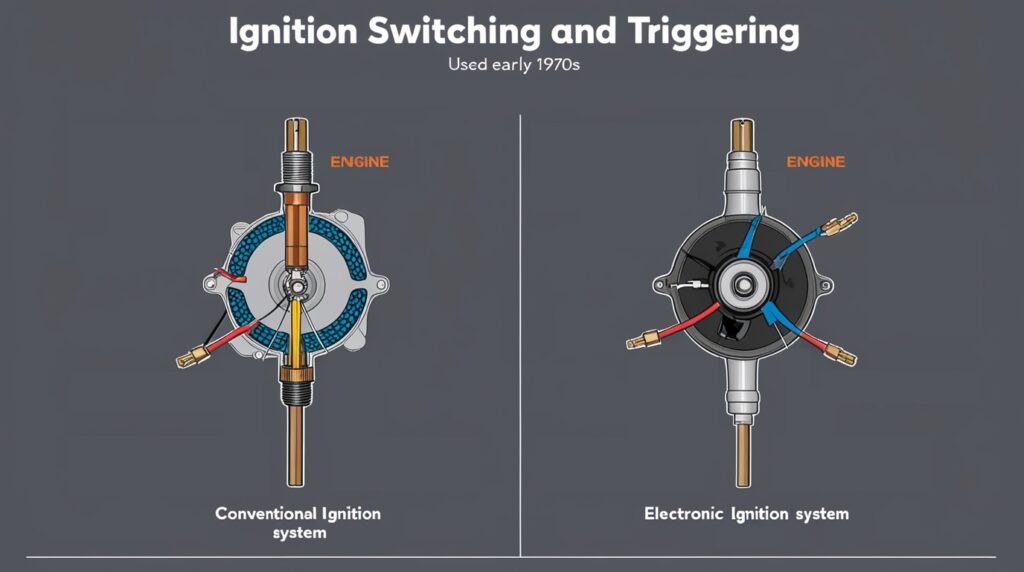Ignition Switching and Triggering
Introduction Ignition Switching and Triggering refers to the mechanisms and technologies used to initiate the combustion process in internal combustion engines, as well as the electrical systems responsible for controlling this process. These systems are essential for the reliable operation of automobiles and have undergone significant evolution from early mechanical designs to modern electronic solutions. Notable figures, such as Charles F. Kettering, played pivotal roles in advancing ignition technology, which has been a key factor in improving engine performance and reducing emissions in the automotive industry. The evolution of ignition systems is marked by several key developments, including the transition from conventional breaker-point ignition to electronic and distributor-less systems. Each type […]

